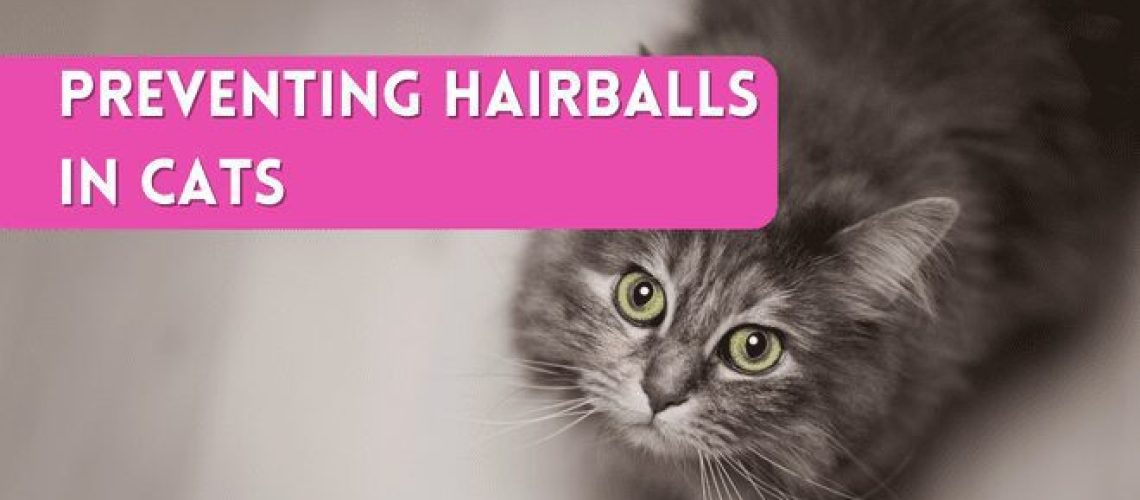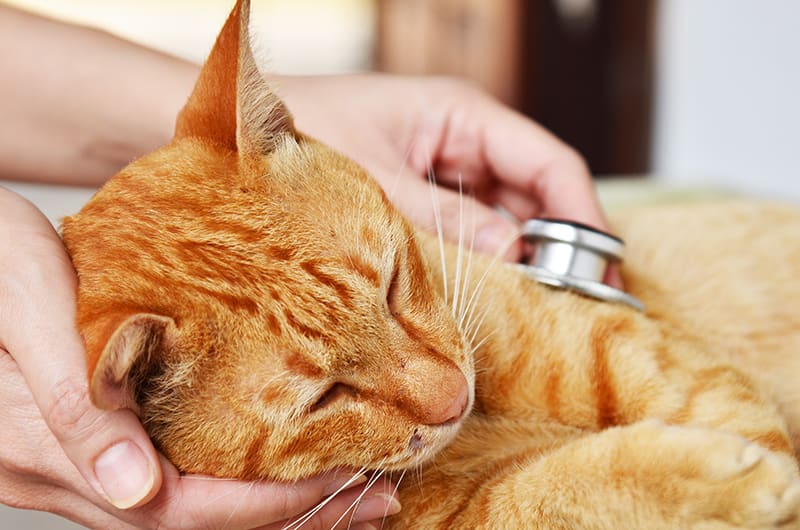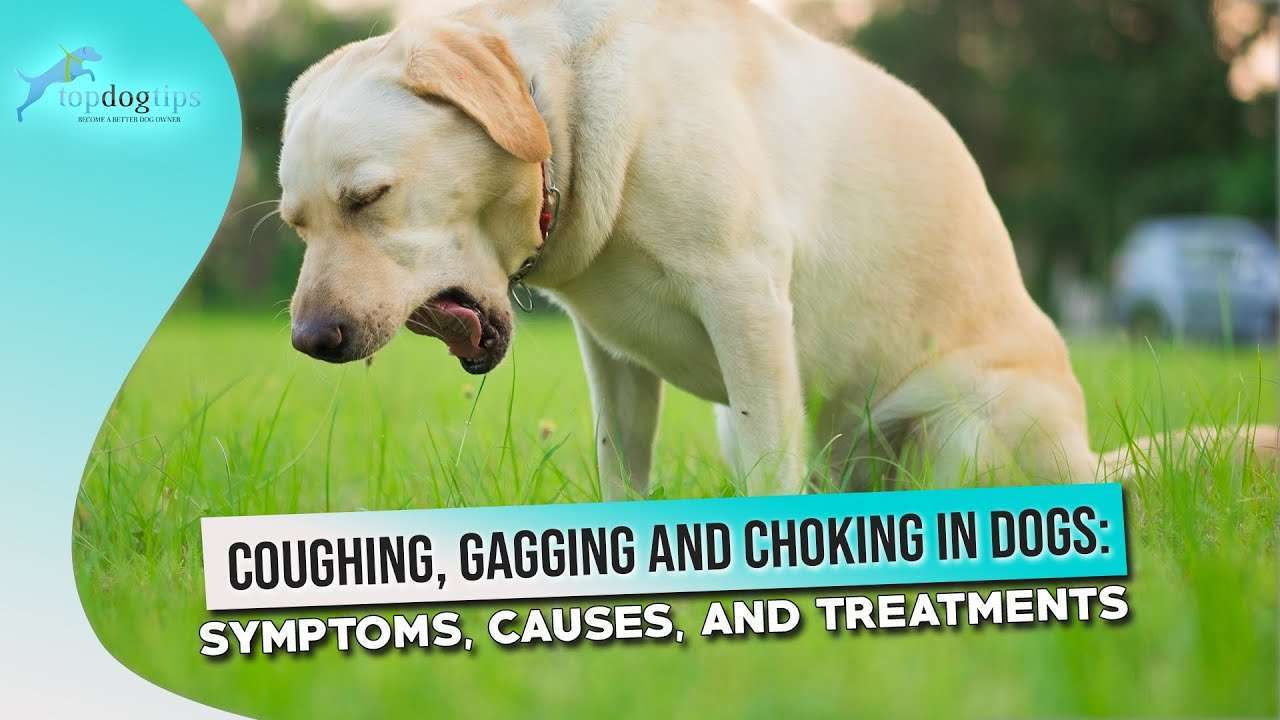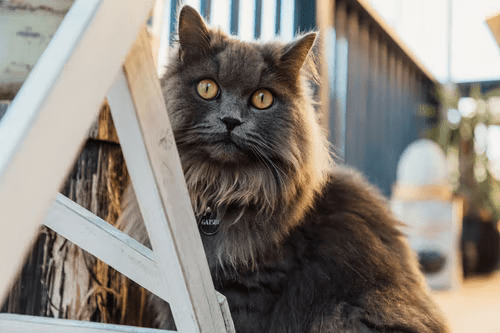Are you tired of finding clumps of hair all over your house? Do you cringe at the sound of your cat coughing up a hairball? If so, then it's time to tackle the tangle and understand why hairballs happen in cats. By delving into this subject, you'll not only be able to prevent those unsightly messes but also ensure the health and well-being of your furry friend. Did you know that 2 out of every 3 cats experience hairballs regularly? That means your cat is not alone in this struggle! In this article, we will explore the causes behind hairballs, how they can affect your cat's digestive system, and most importantly, share some simple tips to keep those hairballs at bay. So let's dive right in and discover the secrets to a happier and healthier feline companion!
Key Takeaways:
-
- Regular grooming and brushing can help prevent hairballs in cats.
- Providing a balanced diet with high-quality cat food can reduce the occurrence of hairballs.
- Adding fiber to a cat's diet can aid in digestion and prevent hairball formation.
- Regular exercise and playtime can help stimulate natural shedding and prevent excessive hair ingestion.
- If a cat is prone to frequent hairballs, it may be necessary to consult a veterinarian for additional advice or treatment options.
What are hairballs in cats?
Hairballs are a common issue that many cats experience. They are clumps of fur that accumulate in a cat's stomach and can cause discomfort or even health problems. When cats groom themselves, they use their tongues to remove loose hair from their coats. However, some of this hair is inevitably swallowed and forms into hairballs over time.
Hairballs are typically oval-shaped and can vary in size. They are made up of a combination of fur, saliva, and digestive fluids. Cats usually expel hairballs by coughing or vomiting them up.
Why do cats get hairballs?
Cats have rough tongues covered in tiny hook-like structures called papillae. These papillae help them clean their fur by catching loose hairs as they groom themselves. While most of the ingested hair passes through the digestive system without causing any issues, some may accumulate in the stomach.
Certain factors can increase a cat's likelihood of developing hairballs. Long-haired breeds tend to be more prone to hairball problems because they have more fur to groom and shed. Additionally, cats that excessively groom themselves due to stress or boredom may also have an increased risk of developing hairballs.
How do hairballs form in a cat's stomach?
The formation of a hairball starts when a cat ingests loose hairs while grooming itself. These hairs travel down the esophagus into the stomach. Normally, the digestive system moves food and other materials through various organs for processing and elimination.
In the case of swallowed hairs, they don't easily pass through the narrow opening between the stomach and small intestine called the pylorus. Instead, they tend to accumulate in the stomach over time as more hairs are ingested during grooming sessions.
The accumulated hairs mix with digestive fluids and saliva, forming a mass that eventually becomes a hairball. This hairball can stay in the stomach or move into the intestines, causing discomfort and potential blockages.
Signs and symptoms of hairball problems in cats
If your cat is experiencing hairball issues, there are several signs and symptoms you can look out for:
- Frequent coughing or hacking sounds: Cats often try to expel hairballs by coughing them up. If you notice your cat making these sounds frequently, it may be a sign of hairball problems.
- Vomiting: Hairballs can cause cats to vomit. While occasional vomiting may not be concerning, frequent or persistent vomiting could indicate a more serious issue.
- Loss of appetite: If your cat is not interested in eating or has a decreased appetite, it could be due to discomfort caused by hairballs.
- Lethargy: Cats with hairball problems may appear lethargic or less active than usual. They may also show signs of discomfort when moving or jumping.
The dangers of hairballs for cats
While occasional hairballs are normal for cats, frequent or large hairballs can pose risks to their health:
- Intestinal blockage: If a hairball becomes too large to pass through the intestines, it can cause an obstruction. This can lead to severe pain, vomiting, loss of appetite, and even require surgical intervention.
- Gastrointestinal irritation: Hairballs can irritate the lining of the stomach and intestines, leading to inflammation and discomfort.
- Malnutrition: In some cases, chronic hairball problems can interfere with a cat's digestion and nutrient absorption, potentially leading to malnutrition.
Therefore, it is important to take preventive measures and address frequent hairball issues in cats to ensure their well-being.
Preventive measures to reduce hairballs in cats
To help prevent hairball problems in your cat, you can take the following measures:
- Regular grooming: Brushing your cat's fur regularly helps remove loose hairs before they are ingested. This reduces the amount of fur your cat swallows during grooming sessions.
- Dietary changes: Feeding your cat a specialized hairball control diet or adding fiber-rich supplements can aid in the passage of swallowed hairs through the digestive system.
- Promote hydration: Ensuring your cat has access to fresh water at all times encourages proper digestion and helps lubricate the gastrointestinal tract, making it easier for hairballs to pass through.
By implementing these preventive measures, you can minimize the occurrence of hairballs and reduce potential risks to your cat's health.
How regular grooming helps prevent hairballs in cats
Grooming plays a crucial role in preventing hairball problems in cats. Regular brushing removes loose hairs from your cat's coat before they are swallowed during grooming sessions. Here's how it helps:
- Hair removal: Brushing removes loose hairs that would otherwise end up being ingested by your cat. By removing these hairs manually, you reduce the amount of fur that accumulates in their stomach.
- Distribution of natural oils: Brushing stimulates the production and distribution of natural oils throughout your cat's fur. This not only keeps their coat healthy and shiny but also helps prevent excessive shedding.
- Bonding time: Grooming your cat can be a bonding experience. It allows you to spend quality time together while keeping their coat in good condition.
Regular grooming, especially for long-haired breeds, is an essential part of preventing hairball problems and maintaining your cat's overall well-being.
Diet and supplements to reduce hairball formation in cats
In addition to regular grooming, dietary changes can help reduce the formation of hairballs in cats. Here are some options:
- Hairball control diets: Many pet food brands offer specialized formulas designed to minimize hairball problems. These diets typically contain added fiber or ingredients that promote digestion and the passage of swallowed hairs.
- Fiber-rich supplements: Adding fiber-rich supplements to your cat's diet can aid in the movement of ingested hairs through the digestive system. These supplements often come in the form of treats or pastes that are palatable to cats.
- Increased water intake: Ensuring your cat drinks an adequate amount of water can help lubricate their digestive tract and facilitate the passage of hairballs. Consider providing fresh water sources throughout your home or using a pet fountain to encourage hydration.
Consult with your veterinarian before making any dietary changes or introducing new supplements to ensure they are appropriate for your cat's specific needs.
When to consult a veterinarian about your cat's frequent hairball issues
If your cat experiences frequent or severe hairball problems, it is important to seek veterinary advice. While occasional hairballs are normal, persistent issues may require further investigation and treatment. Here are some situations where you should consult a veterinarian:
- Frequent vomiting or retching without expelling a hairball
- Loss of appetite or weight loss
- Lethargy or signs of abdominal pain
- Visible distress when trying to pass a hairball
Your veterinarian can assess your cat's overall health, perform necessary tests, and provide appropriate recommendations to address the underlying causes of frequent hairball issues.
In conclusion, hairballs are a common issue for cats that can cause discomfort and health problems. Regular grooming and a proper diet can help prevent hairballs, ensuring our feline friends stay happy and healthy.
How long can a cat have a hairball stuck?
If your cat is unable to pass or cough up a hairball and their symptoms persist for more than two to three days, it is recommended to schedule a veterinary check-up to ensure that there are no underlying issues.
How do I know if my cat has a hairball blockage?
If a trichobezoar is blocking something, there may not be any hair in your pet's vomit. Symptoms that could suggest a blockage include vomiting, abdominal discomfort, and no bowel movements. If your cat is unable to keep food or water down, it needs medical attention from a veterinarian.
How does Vaseline help cats with hairballs?
Hairball remedy is a combination of petroleum jelly and mineral oil that has a pleasant taste. This mixture acts as a lubricant in the digestive system, helping hair to pass through. It is worth noting that some cats will eat unflavored Vaseline or generic petroleum jelly as a suitable alternative.
Does it hurt a cat to cough up a hairball?
If you have owned a cat for a while, you have probably had to deal with hairballs. Hairballs are generally not harmful, although they can be uncomfortable for the cat and inconvenient for the owner.
Does wet cat food help with hairballs?
Indeed, wet food does help in the movement of hair through the digestive system as it is easily digested, allowing it to pass through the body rapidly without forming a hairball. Consequently, cats that are exclusively fed wet food will experience a decrease in the occurrence of hairballs.
What do vets do for hairball blockage?
According to Dr. Guglielmino, diagnosing an intestinal blockage involves a physical examination, blood tests, X-rays, and consideration of the animal's history of regurgitating hairballs. If a blockage is found, surgery may be necessary to remove the hairball.

















